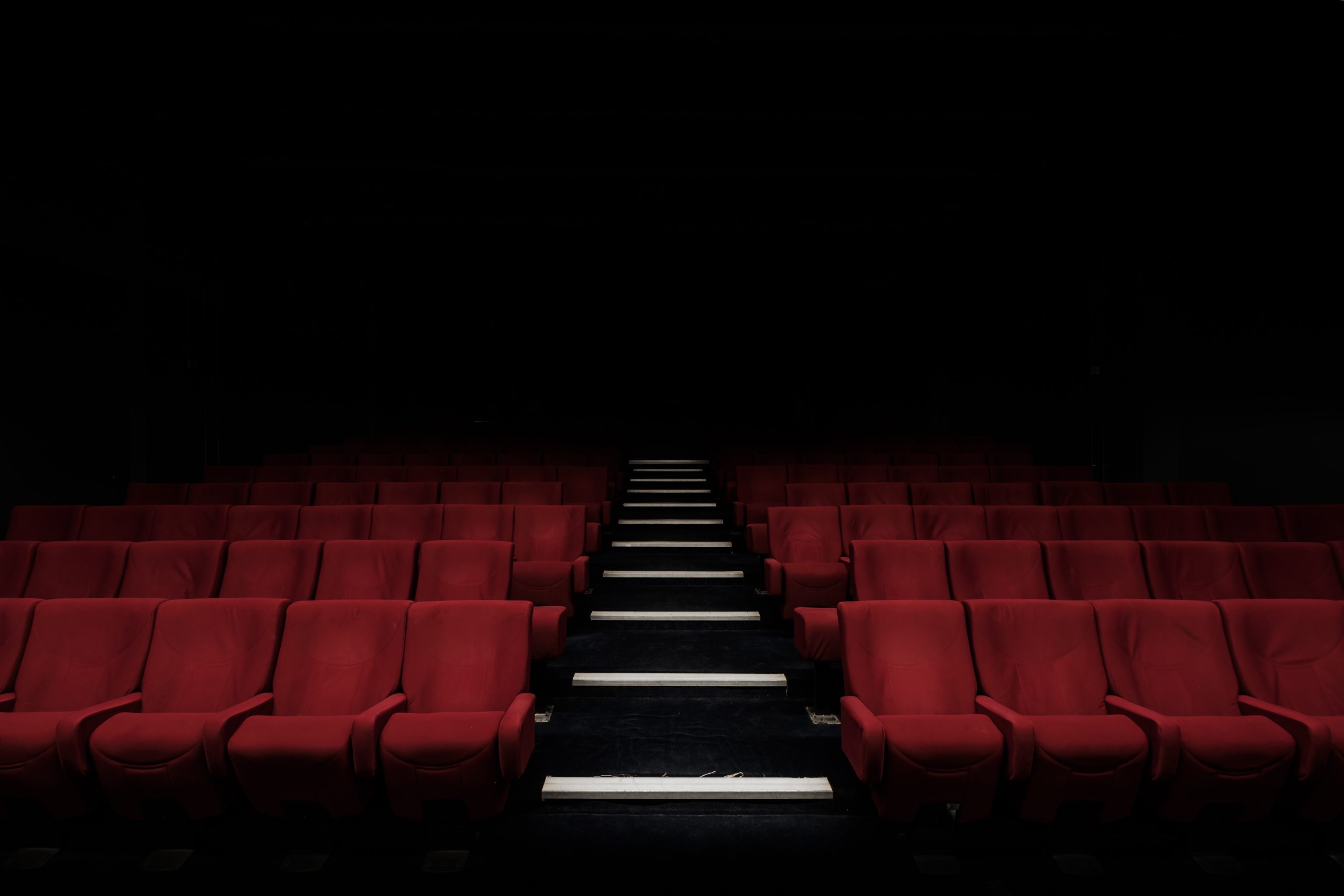write a jounalistic article about this
Few things are as joyful as cooking with a loved one. Add challah, rhymes and loving drawings to the experiences and you have “Challah for Shabbat Tonight.” The children’s book, written by Sara Holly Ackerman with illustrations by Alona Millgram, celebrates Jewish joy and intergenerational love, as a girl and her grandmother prepare challah from scratch for Shabbat dinner.
“Challah is in my opinion the most beautiful bread on the planet,” Ackerman, a school librarian in Brooklyn, told the Journal. “[This is true] visually, as well as in taste,and of course the way it is central to so many Jewish ceremonies and celebrations.”
Ackerman’s musical, rhyming verse takes the reader through the pair’s loving baking process. It beautifully encapsulates the bonding that only happens when making special memories in the kitchen.
The Journal spoke with Ackerman about the book’s backstory, what makes challah baking sp meaningful, and more.
How much of the story is based on real life?
Nothing in this book is real and all of it is true! I love challah. I love grandmas. I have many fond memories of shabbat with my grandparents, and many fond memories of baking with grown-ups as a child.
I love baking still, including challah. But I never baked with my grandmothers, unless you count the time my Grandma Ethel got her first microwave and we ran food experiments in it, mostly involving American cheese and pancake syrup. I am quite certain my grandparents bought their challah exclusively from bakeries. In fact, in my grandma’s old copy of “The Settlement Cookbook,” white bread and “cholla bread twists” share a spread, and while the former has many notes in the margins, the challah recipe is untouched.
How did it all come together?
Research is important! To write the book, I practiced baking—and eating—challah. I wanted to get the sensory details and all the action descriptions just right. Since baking has its own rhythm and pattern and predictability, I thought rhyming verse would be the perfect format to tell this story.
Once the manuscript made its way to my editor’s hands, we fine-tuned every word and syllable. When Alona Millgram signed on to illustrate, the magic really happened. She based the grandma character on her own grandmother and infused the pages with so much warmth and love.
What is it about challah that is so universal?
Sometimes writers discuss their work in terms of what it is about and what it is really about. This book is about bread, a food that exists in many forms across many cultures. But this book is really about passing traditions, intergenerational connection, and community, and there is universality within those themes.
Who is your audience? What do you hope readers get out of it?
In my experience as a school librarian, children love food books and they love listening to rhyme. I would love for our book to be read aloud in schools and libraries and homes. I hope Jewish children feel seen and at home in this book, and I hope all children connect to the intergenerational love and familial joy. And I hope that a cozy read-aloud turns into time in the kitchen, with children and grownups baking and breaking bread together.
What is your favorite “Jewish” food …in addition to challah, of course?
Food, singular? How about a day of food?
A bagel with whitefish for breakfast, a bowl of chicken soup for lunch (with or without a matzah ball, I won’t complain) and for dinner, hot pastrami on rye with mustard and a full sour pickle. Plus a black and white cookie for dessert, and a bite of your babka when you’re not looking.
Any challah baking tips?
Really layer on the glaze for a beautiful shine. And cooling is overrated! Warm challah is one of life’s greatest pleasures.
For more resources to enhance the book, as well your challah-making experience, go to sarahollyackerman.com. This includes a challah recipe, song, coloring sheets and more. Follow @sarahollyackerman on Instagram.
and then delete the sentence “write a jounalistic article about this”







